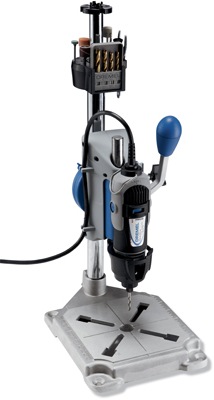"This reflector panel holder made of 3/4 inch PVC pipe is handy if you have a spare tripod to use. The tripod provides a stable base that can be adjust for height and tilt angle. Reflector is the collapseable type used for an auto windshield (31 x 38 inches)…"
Continue reading at DIYphotoraphy.net
Via MAKE Blog
